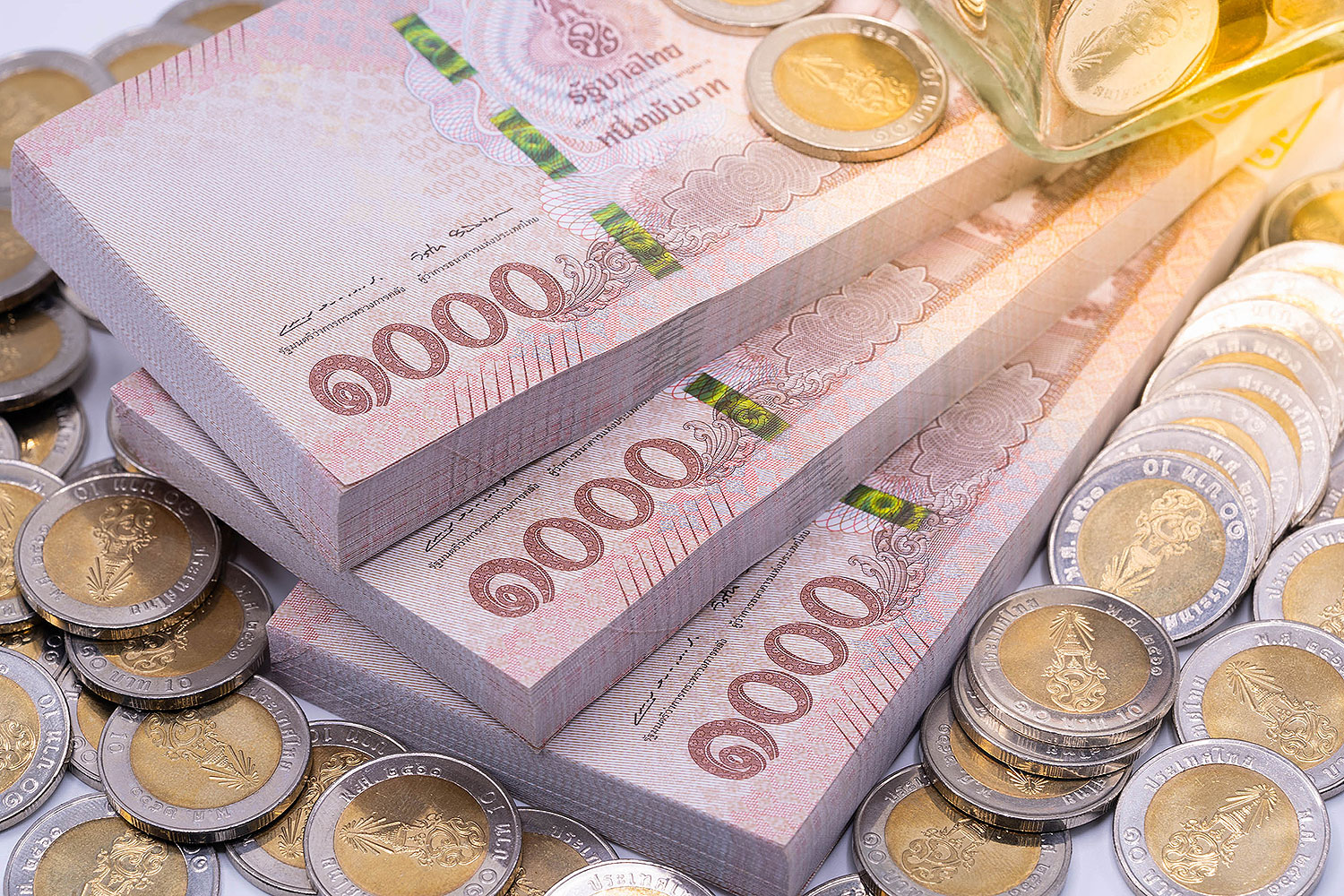
International capital flows have long been a major source of economic growth. Savings in higher-income countries have financed high-yielding investments in low-income countries, generating benefits for all. After World War II, capital flows under the Marshall Plan drove the rapid reconstruction of Europe, and after those countries recovered, they extended their own foreign aid and other official financial flows to the developing world. Private financing also increased substantially; by the 1990s, it accounted for over half of total capital flows to developing countries.
Some of these flows led to spectacular results. South Korea was one of the poorest countries in the world in the 1950s, with a savings rate of only 3% of GDP. But after implementing major policy reforms, it was able to avail itself of large capital inflows to finance investments with very high rates of return. It has since become an advanced economy.
But not all low-income countries have pursued macroeconomic and other policies that are conducive to growth. Many have borrowed to cover balance-of-payments deficits and other problems, depleting their foreign-exchange reserves and jeopardising their access to private capital markets.
For decades, the international community addressed these problems through the International Monetary Fund and an informal arrangement among official (government) creditors known as the Paris Club. When an indebted country ran into trouble, the IMF stepped in to provide short-term financing and recommend policy reforms designed to put the economy back on a sustainable growth path.
Although this system for managing crises was far from perfect, it generally worked. But the situation has changed markedly in the past two decades, during which China has become a major lender to developing countries. As of 2022, the world's 74 lowest-income countries had debt-service obligations totalling US$35 billion (1.1 trillion baht), with $13.1 billion -- 37% -- owed to China. According to a May 2021 Peterson Institute for International Economics policy brief, China accounts for over 50% of all debt owed by poor countries to official creditors.
China's emergence as a leading creditor has created problems, not least because it has refused an invitation to join the Paris Club. While Paris Club members share information about the sums owed to them, China does not. Nor has it been willing to participate meaningfully in multilateral debt-restructuring arrangements. Instead, it has operated as a black box, attaching nondisclosure agreements to many of its loans and funnelling credit through a wide range of agencies.
In 2020, the G20 -- which includes China -- agreed on a Common Framework for addressing debt distress in developing countries. But there has been little additional progress since then. Ghana recently became only the fourth country to apply for support under the facility.
Meanwhile, the number of countries facing serious debt-servicing issues has continued to grow. Zambia and Sri Lanka have already defaulted on their loans. While Sri Lanka -- along with Malawi -- has tentatively accepted the terms of a new IMF programme. But when the existing debt level is unsustainable, the IMF cannot approve the loan without all significant creditors agreeing to a restructuring.
The resulting paralysis has put many other poor countries in danger. Tunisia cannot meet its budget without international bond financing. Ghana, already struggling under a heavy debt load, was forced in November to issue a six-month treasury bill with a ruinous 36% interest rate. Pakistan, after being devastated by floods last summer, has foreign-exchange reserves equal to only a month's imports -- well below a level deemed safe. And these are just a few of the countries with debt levels that are, or are likely to become, unsustainable.
As more countries fall into this trap, humanitarian crises and sharp increases in poverty will follow.
It is in everyone's interest to find ways to ensure debt restructuring, along with the necessary economic policy reforms, for countries in dire need. A renewed push on this issue could produce an agreement between China and other creditor countries to the benefit of all. The most promising route, given the IMF's crucial role in supporting macroeconomic policy reforms, would be to grant the Fund greater authority to deem debt unsustainable.
Failure to get ahead would represent a moral failure. The result would be prolonged stagnation and depression in debt-ridden economies, with huge humanitarian costs. ©2023 Project Syndicate
Anne O Krueger, a former World Bank chief economist and former first deputy managing director of the International Monetary Fund, is Senior Research Professor of International Economics at the Johns Hopkins University School of Advanced International Studies and Senior Fellow at the Center for International Development at Stanford University.







